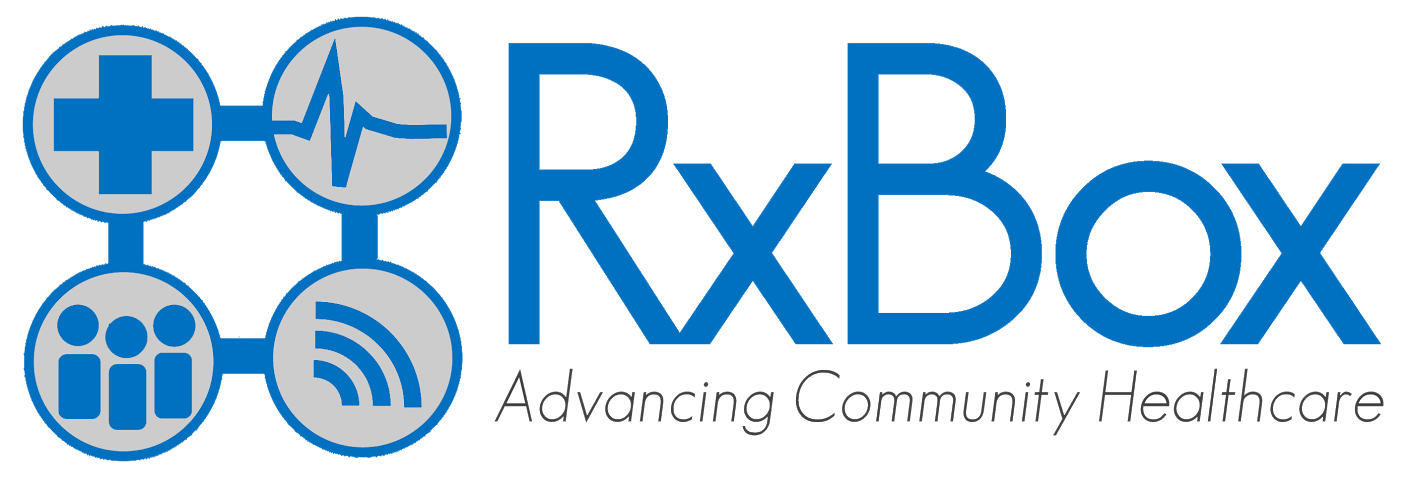

RxBox is a multi-component program (biomedical device, electronic medical record system and telemedicine training) designed to provide better access to life-saving health care services in isolated and disadvantaged communities nationwide. It is one among the Department of Science and Technology’s efforts for a “Smarter Philippines”. It is also an ICT (Information and Communications Technology) innovation designed to support the Department of Health’s call for KalusugangPangakalahatan or Universal Health Care.
The RxBox is a telemedicine device capable of capturing medical signals through built-in medical sensors, storing data in an electronic medical record (Community Health Information Tracking System –CHITS), and transmitting health information via internet to a clinical specialist in the Philippine General Hospital for expert advice. It also catalyzes improvement in the local referral system by facilitating teleconsultations (audio- video conferences) within the National Telehealth Service Program. The RxBox can reduce the overall cost of healthcare by enabling health workers to diagnose, monitor and treat patients within the rural health facility, thanks to medical sensors inside the box!
1. Blood pressure monitor – measures the patient’s blood pressure to detect (heart and blood vessels) problems especially hypertension, a disease which can also worsen other chronic lifestyle disease conditions. 2. Pulse oximeter –measures the level of oxygen in the patient’s blood and can help detect lung and cardiovascular problems – leading causes of death among Filipinos. 3. Electrocardiogram (ECG) – monitors the heart’s movement to pump blood throughout the body, helpful for those with acute and chronic heart problems, including pregnant mothers with cardiovascular problems. 4. Fetal heart monitor – measures the baby’s heart rate while in the womb, helping detect fetal distress at critical times of the pregnancy and delivery. 5. Maternal tocometer –measures the strength of a mother’s uterine contractions during labor delivery, enabling early detection of distress to the mother and/or the baby. 6. Temperature sensor – measures a patient’s body temperature. It can help detect fever, a common medical sign of infection and other disease conditions.